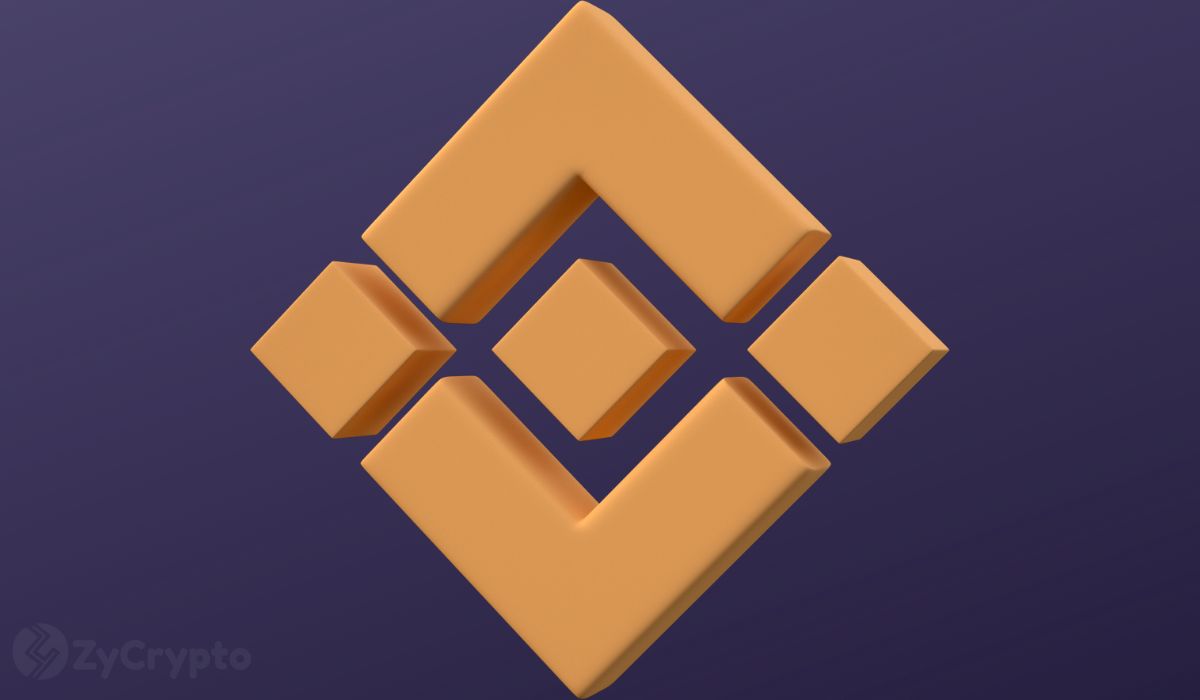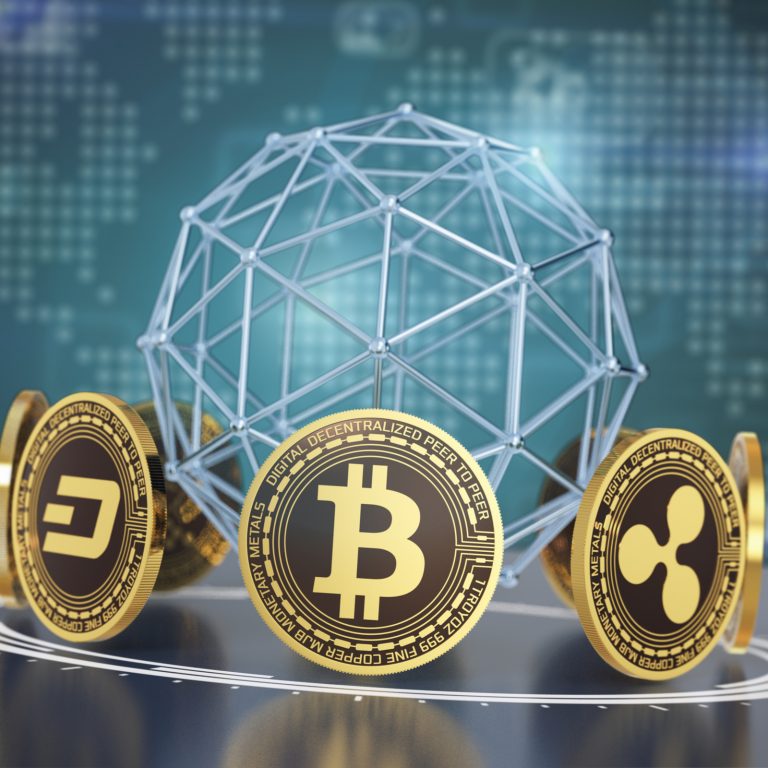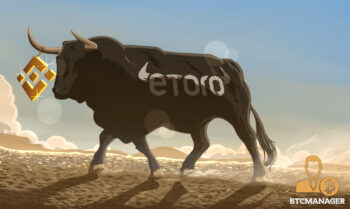2021-2-10 21:28 |
Binance Goes Further Into DeFi
According to an official announcement, Binance Labs ponied up $2.4 million, nearly 25 percent of its Polkadot support fund, for the investment. Other investors who participated in the funding round were LongHash, PAKA Ventures, HashKey, and the Digital Finance Group.
Plasm would use the funds to develop new projects, such as to build a bridge between Polkadot and Ethereum. The company, which specializes in parachain development and layer-two scaling solutions, explained that it would allocate the raised funds towards research and development, on-chain governance, and building a bridge between the Ethereum and Polkadot blockchains.
In a statement, Wei Zhou, the head of Binance Labs, praised the Plasm Network for some of its previous accomplishments and its growth since launching operations. Zhou added that this investment shows Binance’s commitment to supporting the Polkadot ecosystem.
The Plasm Network is only the second Polkadot-based DeFi platform to successfully raise funds this month. Last week, several investors including Polychain Capital, Defiance Capital, and Alameda Research collaborated to raise $1.1 million for Manta Network, a company looking to build a decentralized exchange on the blockchain.
Manta Network’s exchange will focus primarily on privacy protection. The platform will operate as an automated market maker exchange, featuring private swaps through the use of zk-SNARKs and Groth16 proofs – the same cryptographic technology used in notable privacy coin ZCash.
In a survey conducted by the team, about 75 percent of respondents revealed that they had second thoughts about performing transactions due to their privacy implications. Simultaneously, 84 percent of respondents had problems with linking their real identities with their blockchain identities for privacy reasons.
To wit, the firm hopes to provide a genuinely private exchange, using the concept of shielded tokens to create swaps. Thanks to the use of zk-SNARKs, the exchange will be able to obfuscate token swaps while ensuring that transactions follow certain rules.
Polkadot Means BusinessProjects like these provide a significant growth opportunity for Polkadot – a blockchain now considered to be a viable competitor to Ethereum. Over the past year, the growth of the DeFi space has brought several challenges for Ethereum, with many raising concerns over its scalability and rising gas fees. In Polkadot, DeFi protocol developers have found a possible alternative that could work almost as well as Ethereum.
Despite the competition, connections between the two blockchains have also been an interesting recent development. Last week, Acala, a stablecoin development project on the Polkadot blockchain, announced an Ethereum Virtual Machine (EVM) to connect Polkadot with Ethereum provide protocol developers more seamless operations.
The company’s announcement explained that its EVM would provide a full stack of tools to developers using languages like Solidity, Substrate, and Web3. Using these tools, developers will be able to integrate their apps and access DeFi via a single wallet. Developers will also be able to deploy their applications on Acala without additional tooling support, thanks to protocol composability features.
In addition, the EMV provides access to cross-chain and Polkadot-native assets like renBTC, ACA, and DOT. Developers can deploy ERC-20 tokens into EVMV as well, listing them on decentralized exchanges to be used as gas fee tokens.
The post Binance Backs Parachain Candidate, Plasm Network; Making First Investment in Polkadot Ecosystem first appeared on BitcoinExchangeGuide. origin »Binance Coin (BNB) на Currencies.ru
|
|










